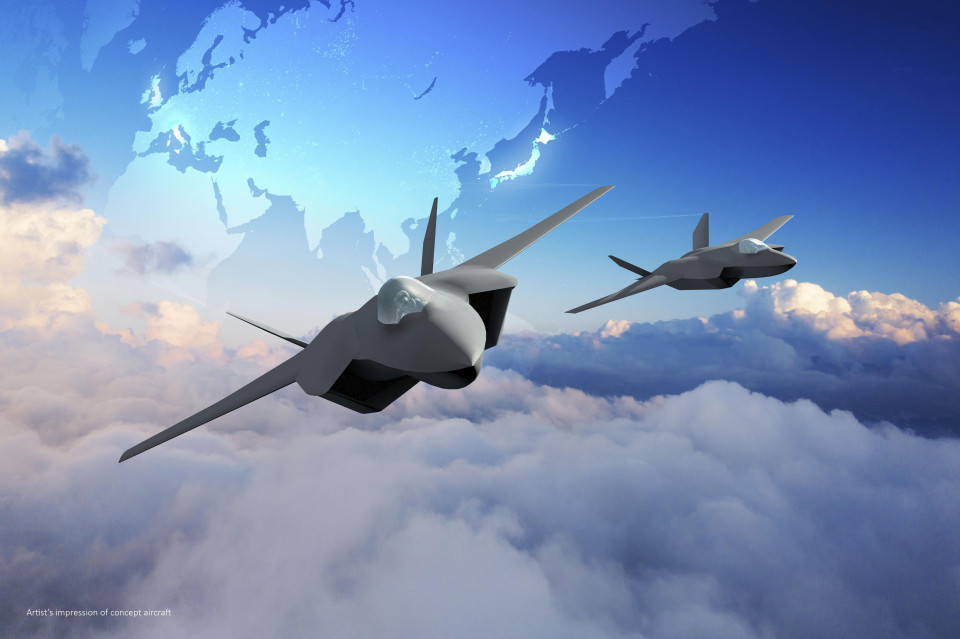Japan on Tuesday eased its strict defense equipment transfer rules to allow the worldwide export of next-generation fighter jets set to be jointly developed with Britain and Italy, removing a hurdle for the trilateral project.
Prime Minister Fumio Kishida's Cabinet approved the updated guidelines of the "three principles on transfer of defense equipment and technology" after his ruling Liberal Democratic Party and its junior coalition partner, the Komeito party, agreed on the revised export rules on March 15.
The revised rules stipulate that Japan can export the fighter jets, which the three governments aim to deploy by 2035, to a third nation, while the warplanes will never be transferred to a nation where combat is taking place.

Japan needs to "have an exporting scheme" to ensure that it can develop a "fighter jet with capabilities that meet our nation's security needs," and that the country can participate in the three-way project with Britain and Italy as an "equal partner", the Cabinet said.
The new regulations also said that the destination of exported fighter jets would be limited to nations that have signed pacts with Japan on defense equipment and technology transfers, whose number is currently 15 including its close security ally the United States.
Each future individual case will need separate Cabinet approval before sales are made, according to the government.
Limitations on fighter jet exports were implemented as the conservative Kishida-led LDP tried to reassure Komeito, traditionally a pacifist party with a dovish stance on security issues that fears Japan might sell the arms without due process and foment conflicts.
Kishida has said that allowing Japan to ship the fighter jets to third countries is "necessary" to ensure efficient spending on the warplane's development and to maintain Tokyo's credibility as a partner in other future international defense projects.

Under its war-renouncing Constitution, Japan had maintained the ban on the export of internationally co-developed weapons to third countries.
Defense Minister Minoru Kihara told reporters after the Cabinet approval that Japan will remain committed to the "basic philosophy of a pacifist nation" by going through "strict decision processes" for exports.
The fighter jet development work is currently in the design phase, and the three countries aim to draft specifications and performance "in the next five years or so," Kihara added.
Amid China's growing military clout in the Indo-Pacific region, the fighter jet program with the two NATO members marks Japan's first joint defense equipment development deal with nations other than the United States.
China expressed Tuesday its "grave concern" over Japan's move, given the past military aggression inflicted by Tokyo on its neighbors.
Foreign Ministry spokesman Lin Jian said at a press conference that Beijing urges Tokyo to "earnestly respect the security concerns of neighboring countries, deeply reflect on its history of aggression" and "earn the trust of its Asian neighbors and the international community through concrete actions."
Tokyo has been opening up arms exports under certain conditions after removing its arms embargo policy in 2014, in a bid to ramp up security ties with like-minded countries and foster related domestic industries through weapons and ammunition exports.
In December, Japan revised the weapon export rules to allow domestically made weapons under a foreign license to be shipped to the country where the licenser is based.
Related coverage:
PM Kishida vows to strengthen Japan's deterrence capabilities
Japan's ruling bloc approves next-gen fighter jet exports
Japan eases rules on weapon exports to enhance security ties










